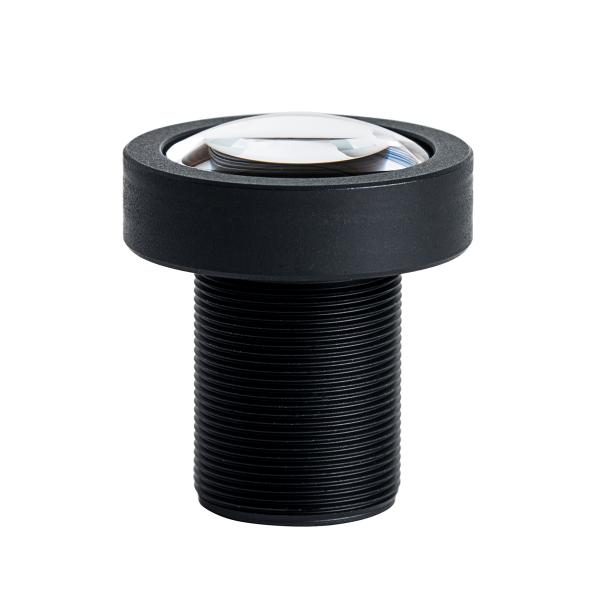What Is A Distortion-Free Lens? Common Applications Of Distortion-Free Lenses
What is a distortion-free lens?
A distortion-free lens, as the name suggests, is a lens that does not have shape distortion (distortion) in the pictures captured by the lens. In the actual optical lens design process, distortion-free lenses are very difficult to achieve.
Currently, various types of lenses, such as wide-angle lenses, telephoto lenses, etc., often have a certain degree of distortion in their construction.
For example, in wide-angle lenses, the common distortion is the “pillow shaped” distortion with edge expansion or the “barrel shaped” distortion with middle magnification; In telephoto lenses, distortion is manifested as “barrel shaped” distortion with inward bending of image edges or “pillow shaped” distortion with central contraction.
Although it is difficult to achieve a distortion-free lens, current digital cameras can correct or alleviate distortion through built-in software or post-production adjustments. The picture that the photographer actually sees is approximately equal to distortion-free.
The distortion-free lens
What are the common applications of distortion-free lenses?
Distortion-free lenses can provide high-quality, realistic imaging effects and are widely used in many fields. Let’s take a look at some common application scenarios of distortion-free lenses:
Portrait Photography
Distortion-free lenses can avoid distortion of the shape of people’s faces, especially when shooting close-up portraits with a strong three-dimensional effect. Distortion-free lenses can restore the true shape of people’s faces, making the imaging more natural and accurate.
Architectural Photography
When photographing buildings, using a distortion-free lens can effectively prevent the lines of the building from bending, making the straight lines in the picture more slender and perfect. Especially when shooting high-rise buildings, bridges and other buildings, the effect is better when using a distortion-free lens.
Sports Photography
For shooting sports competitions, distortion-free lenses can ensure that the athletes and venues in the picture are in accurate proportions and have perfect shapes, and can avoid unrealistic visual effects caused by lens distortion.
Applications of distortion-free lenses
Commercial Advertising
When shooting product advertisements, using a distortion-free lens can ensure that the shape of the product is displayed correctly without distortion. For pictures that need to show product details, texture, etc., shooting with a distortion-free lens has great advantages, allowing consumers to better understand the product features.
Geographic Mapping and Remote Sensing
In the fields of geographical mapping and remote sensing, image accuracy is particularly important. A distortion-free lens can ensure that the captured terrain, landforms and other information will not be deformed or distorted due to lens distortion, ensuring the accuracy of the picture.
Science Research
In some scientific research fields that require extremely high imaging quality, distortion-free lenses may also be used as key equipment to observe and record phenomena and data during experiments to ensure the accuracy of experimental results.

